7 Movie Endings That Were Completely Changed From The Original Script
These movies originally ended much differently than you remember.
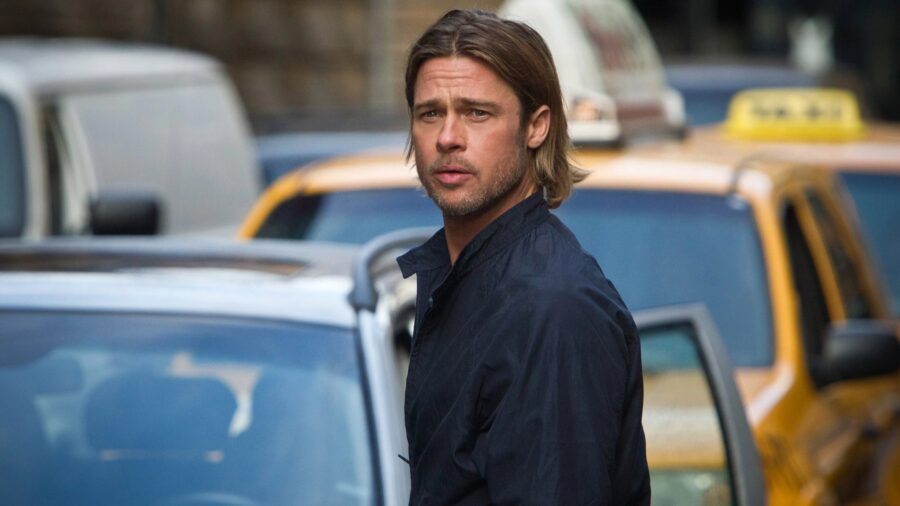
It is common knowledge that cinema is a harsh mistress and that pretty much every movie you have ever seen changed a lot from its moment of inspiration to the end of production. That’s how Luke Starkiller became Luke Skywalker in the Star Wars we know and love, why Toy Story’s Woody wasn’t a sadistic jerk, and why there are a whole bunch of different versions of Blade Runner out there. But if anything ever gets changed in a movie, it is probably the ending, and we rounded up the most extreme examples.
7. DodgeBall: A True Underdog Story (2004)
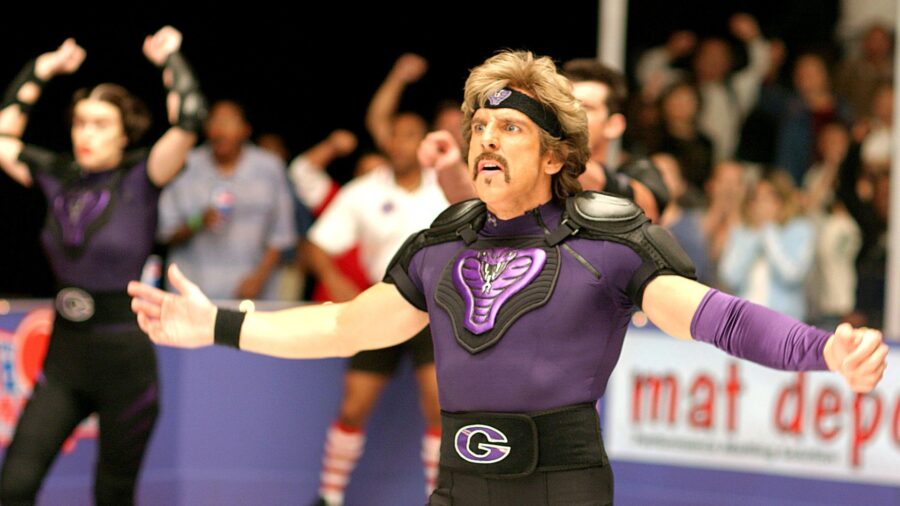
Vince Vaughn and Ben Stiller’s goofy sleeper comedy hit movie Dodgeball: A True Underdog Story had the ending you’ve seen in a hundred sports films: a premature forfeiture is overruled by Chuck Norris, a sudden-death match with a blindfold, and Stiller becomes morbidly obese. It’s a bizarre, fantastical finale, but it doesn’t seem all that weird in the context of raunchy early 2000s humor.
Except that’s not how it was supposed to end at all. Originally, Vaughn’s team of lovable losers, well, lose, pretty awfully to the clearly superior team of athletes and they lose everything. Test audiences hated the bleak, but logical ending, so the studio had it reshot with a happier tone, which naturally involved famed martial artist Chuck Norris.
6. First Blood (1982)
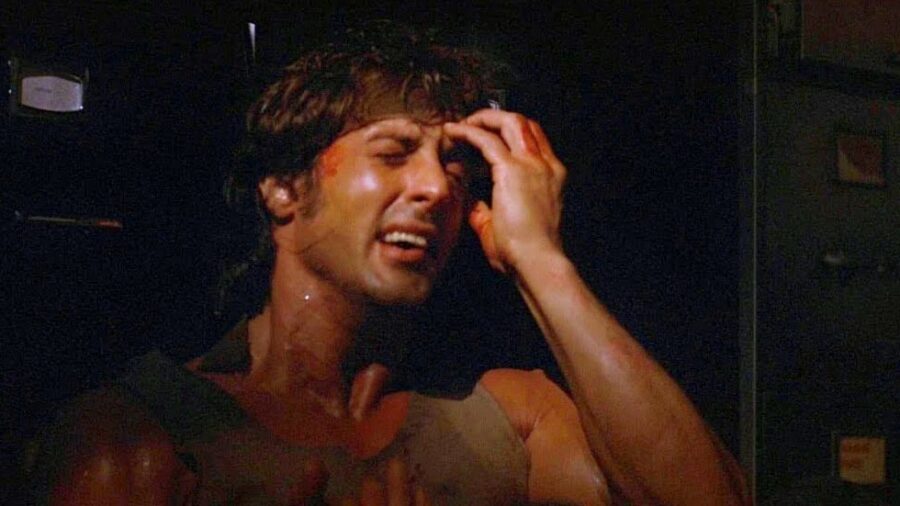
First Blood is the beginning of Sylvester Stallone’s long-running, ultraviolet Rambo series, which seems to have no real ending in sight. However, the film franchise was almost over before it began; the original movie ending to the story had Stallone’s troubled Vietnam veteran commit suicide rather than be captured by the National Guard.
The original novel First Blood by David Morrell also had John Rambo kill a number of police officers and National Guard members, while the Stallone movie does not have him directly murder anyone and is positioned as a more sympathetic character. Strange to think that a movie with the body count of First Blood was almost even darker.
5. I Am Legend (2007)
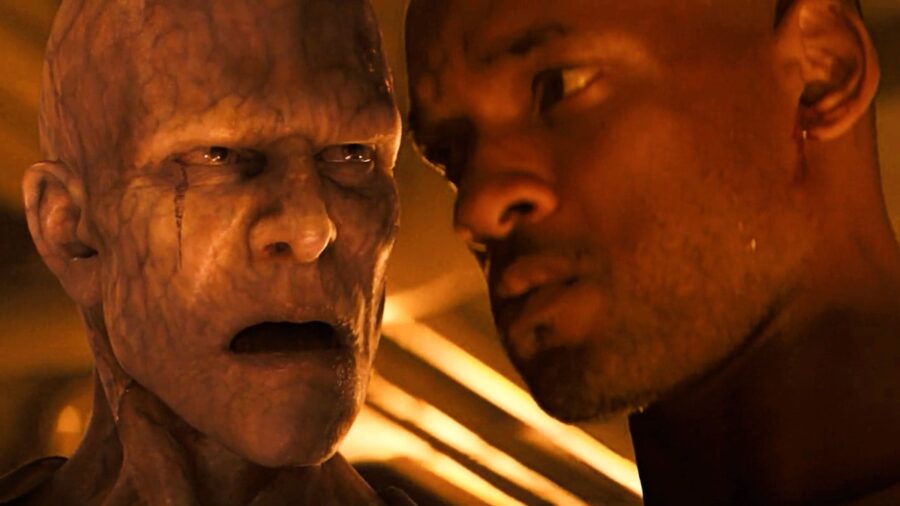
Will Smith’s adaptation of Richard Matheson’s classic post-apocalyptic novel I Am Legend is one of the more notorious cases of a movie ending being changed by the studio, but unusually, in both versions, his character Robert Neville died. The main difference is that in the ending that made it to theaters, the vampiric cannibalistic mutants who had wiped out human life in New York City were just that: violent, animalistic killers.
The original ending (which was eventually released on DVD) revealed that the mutants had retained their humanity and viewed Will Smith as he was: an unfeeling monster who abducted their loved ones and performed torturous medical experiments on them until they died. While that is much more in line with the ending of the original novel, for some reason, test audiences did not like the final revelation that the movie’s hero had basically been the bad guy all along.
4. World War Z (2013)
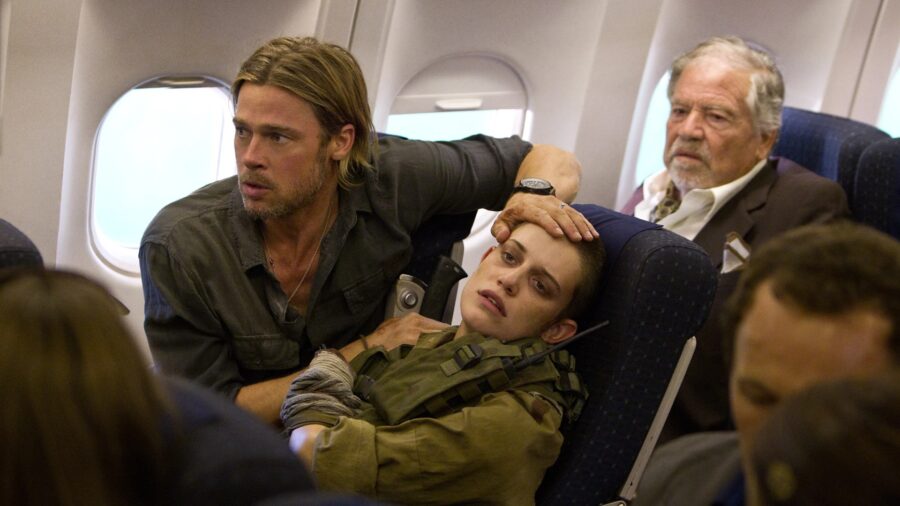
Much like I Am Legend, World War Z was a dark, violent movie about a world ravaged by zombie-like monsters, so naturally, the studio was nervous about having a downbeat ending. Infamously, Paramount got so nervous about the original ending that it hired two different famous writers (Damon Lindelof, followed by Drew Goddard) to try to “fix” it. Basically, the movie ended with “we made a vaccine,” so everything’s fine now, Brad Pitt can be with his family, thank God.
The original ending involved a time jump that saw Brad Pitt’s character Gerry Lane being drafted into a Russian zombie-killing army, apparently spending years there until he finally manages to contact his family back in America. The movie ends with a Russian invasion of the zombie-overrun USA, and no familial reunion. It’s almost like a movie about a nightmarish, catastrophic global disaster might not have a happy ending.
3. Little Shop of Horrors (1986)
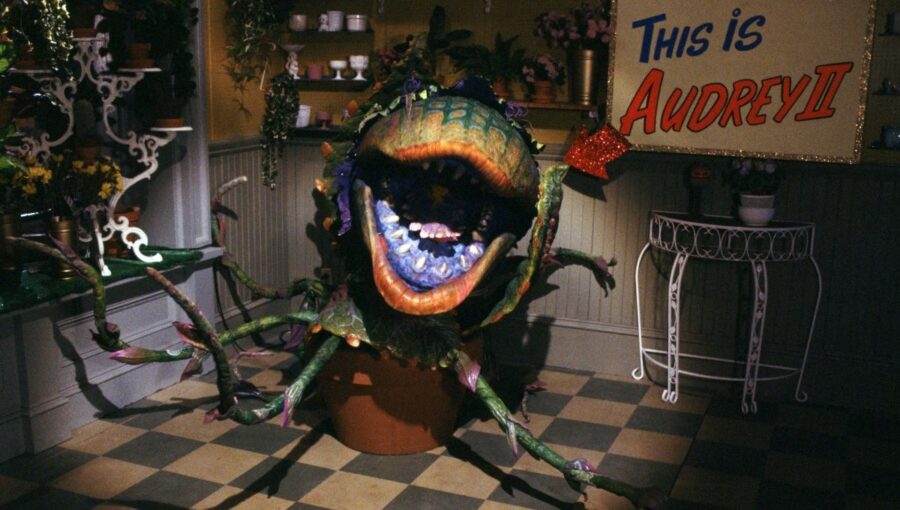
Little Shop of Horrors is one of the greatest movie musicals of all time, based on one of the greatest off-Broadway musicals of all time, which was written by Alan Menken and Howard Ashman, who are responsible for most of your favorite Disney memories. The movie follows hapless nerd Seymour (Rick Moranis) as he comes to fame because of his strange and unusual plant Audrey II, which craves human flesh and has a heck of a singing voice.
In the movie ending audiences got, Seymour vanquishes the extraterrestrial invader (right, Audrey II is also an alien) and settles down in a picturesque little house with his new girlfriend Audrey (Ellen Greene). However, in the original ending (which followed the plot of the stage version), Seymour feeds Audrey to the plant in a mercy killing, then is killed himself. As if that’s not dark enough, Audrey II eventually conquers the world with countless new carnivorous plants, destroying cities, and laughing victoriously from the Statue of Liberty.
As you can guess, test audiences didn’t like that.
2. Titanic (1997)
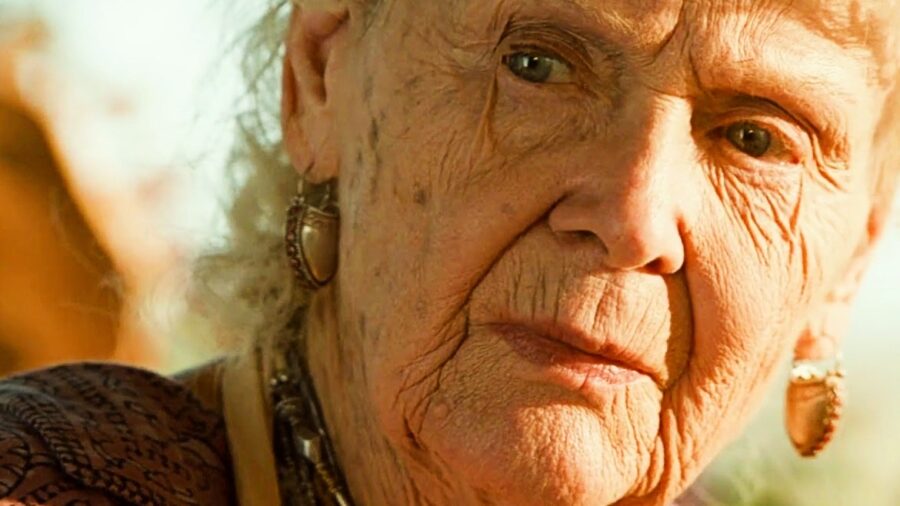
People often forget that James Cameron’s epic romance Titanic is actually structured around treasure hunter Brock Lovett (Cameron favorite Bill Paxton) and his hunt for a fabulous sunken gemstone, which an old lady turns out to have had for decades before inexplicably tossing it into the ocean. In the theatrical movie ending, after the elderly Rose (Gloria Stuart) finishes her tragic story, Paxton pretty much says, “I never realized the sinking of the Titanic was such a bummer” and that wraps things up for him.
In Cameron’s original ending, however, Paxton and Rose’s granddaughter (Suzy Amis) think Rose is going to commit suicide by jumping off the ship, get told that that the thing Paxton has spent three years searching for is worthless, watch her throw it over the side, and then Rose goes to bed. Paxton starts laughing wildly.
While it’s not the actual tone of that ending, one could claim that Paxton’s character had mentally snapped and gone insane with frustration at that moment, and it would make as much sense.
1. Pretty Woman (1990)
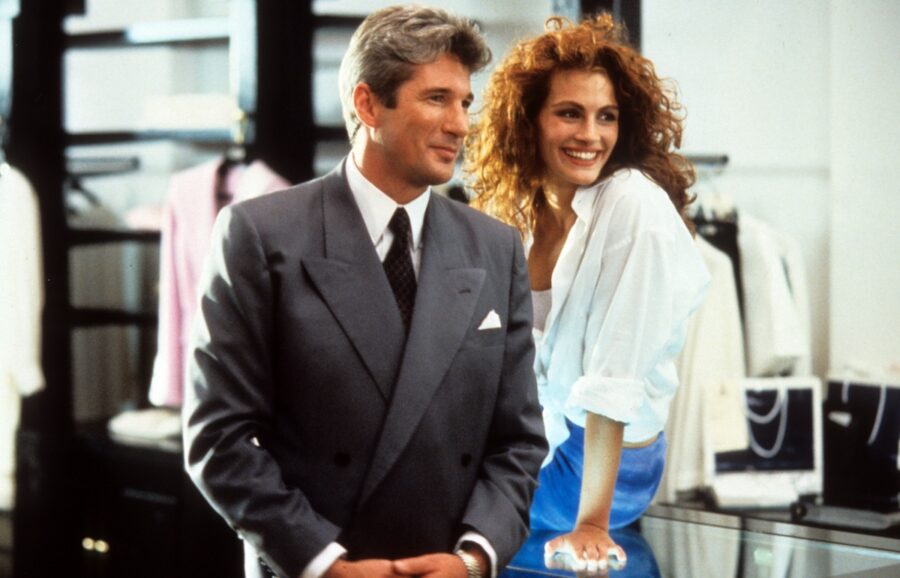
Pretty Woman is one of the great Hollywood romantic comedies, a skewed fairytale about a disillusioned corporate shark (Richard Gere) falling in love with a sex worker with a heart of gold (Julia Roberts) and both live happily ever after. It’s heartwarming, with just enough edge to not be totally saccharine, which explains why it made nearly $500 million at the box office (and that’s in 1990 dollars).
However, the original script for Pretty Woman was titled 3,000 (the amount of money Roberts’ character Vivian is being paid for a week of sexual services) and was a dark, caustic story about commerce and people being exposed to a world in which they will never belong. The original movie ending had Vivian and her best friend on a bus to Disneyland, but with Vivian vacantly staring into space as her friend cheerfully chatters about the fun they’ll have. Pretty bleak.












